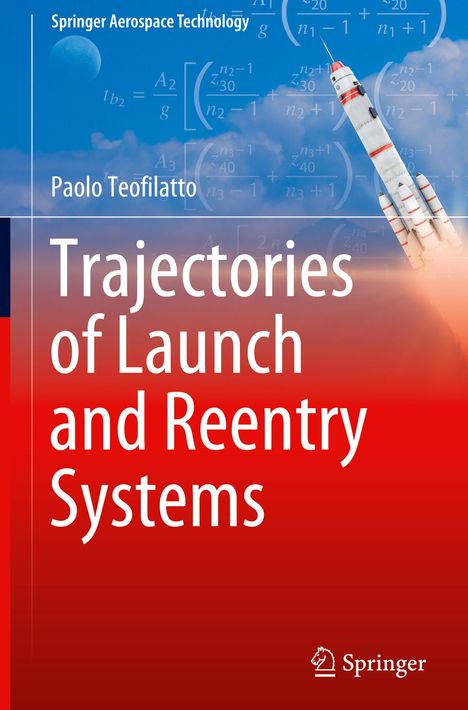Paolo Teofilatto: Trajectories of Launch and Reentry Systems, Gebunden
Trajectories of Launch and Reentry Systems
(soweit verfügbar beim Lieferanten)
- Verlag:
- Springer Nature Switzerland, 12/2024
- Einband:
- Gebunden
- Sprache:
- Englisch
- ISBN-13:
- 9783031757594
- Artikelnummer:
- 12149437
- Umfang:
- 228 Seiten
- Gewicht:
- 551 g
- Maße:
- 241 x 160 mm
- Stärke:
- 18 mm
- Erscheinungstermin:
- 27.12.2024
- Hinweis
-
Achtung: Artikel ist nicht in deutscher Sprache!
Klappentext
This book examines ascent trajectories of space launch vehicles and re-entry trajectories of space capsules. The decommissioned SCOUT is used as a reference launcher and the reader will be introduced to various and detailed aspects of a launch vehicle that are not generally available in the literature, since this information is limited to internal industry and agency reports. The SCOUT data are used here as a study case and the reader will be able to generate a complete numerical code using the general equations of flight introduced in different reference systems, including the time-dependent parameters representing the launcher and its environment with a high degree of accuracy. The guidance parameters for injection into orbits of different semiaxes, eccentricities and inclinations are determined by guessed values obtained by original analytical formulae. These formulae allow a fast and sufficiently accurate design of the rocket trajectory within the atmosphere; in the exo-atmosphericflight closed form solutions of the optimal problem of injection into orbit are provided.
The second part of the book deals with re-entry trajectories. Basic analytical formulae for ballistic reentry are presented to evaluate the reentry trajectory and the capsule design in terms of critical parameters such as temperature and load peak. Entry corridors for ballistic reentry trajectories are then determined for various planets with atmospheres. The effect of lift is analysed to increase the entry corridors and guide the capsule to a target landing point. Autonomous and real-time guidance algorithms are developed for capsule of low aerodynamic efficiency and winged re-entry vehicles.


